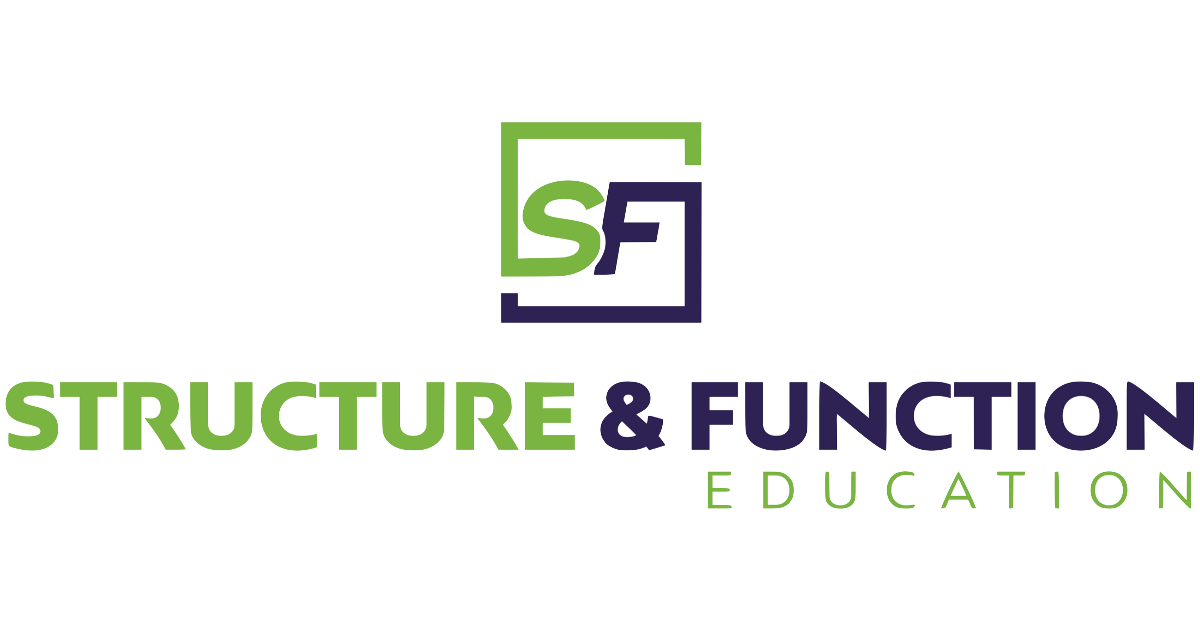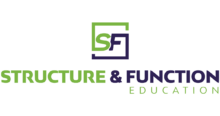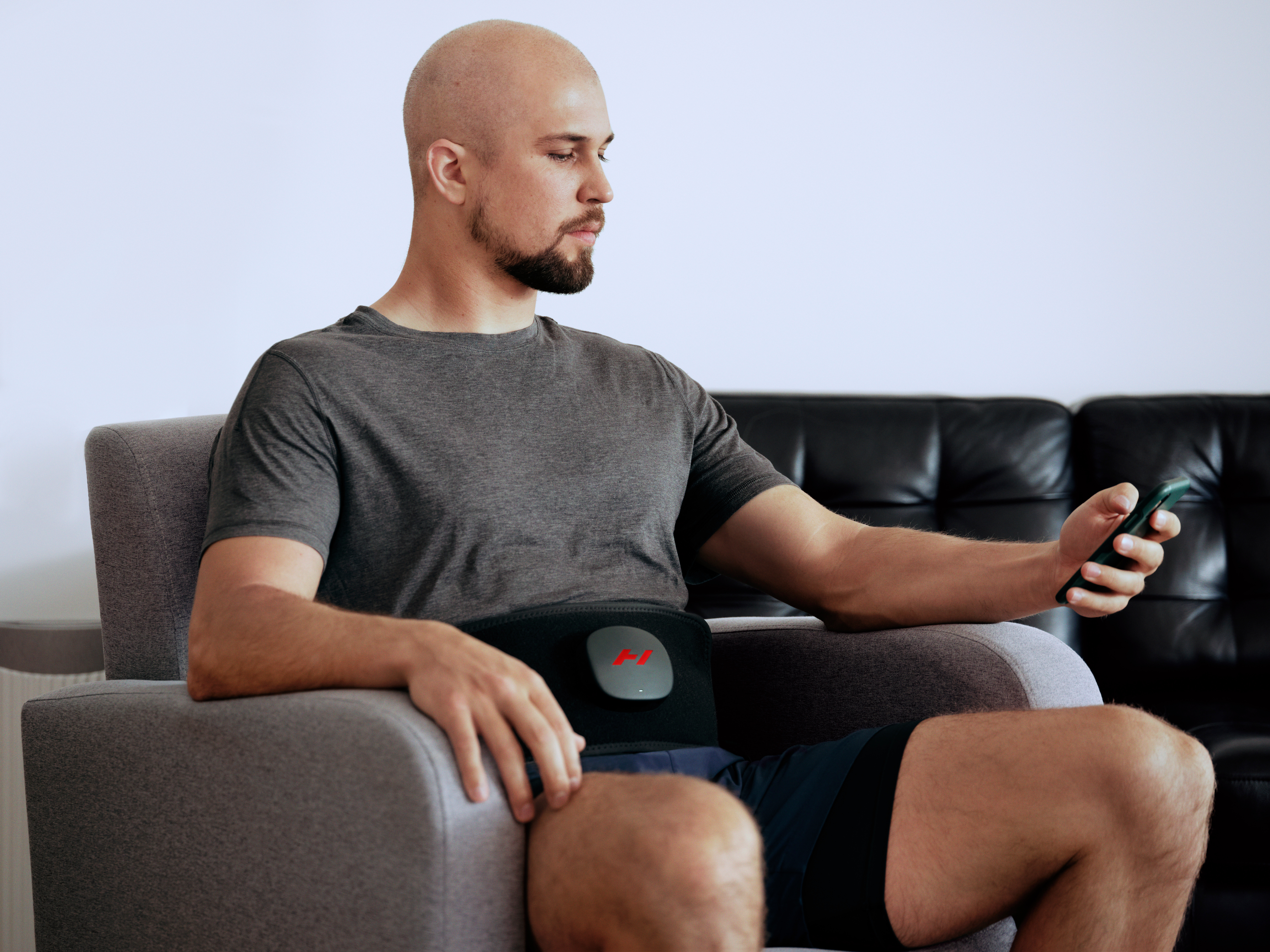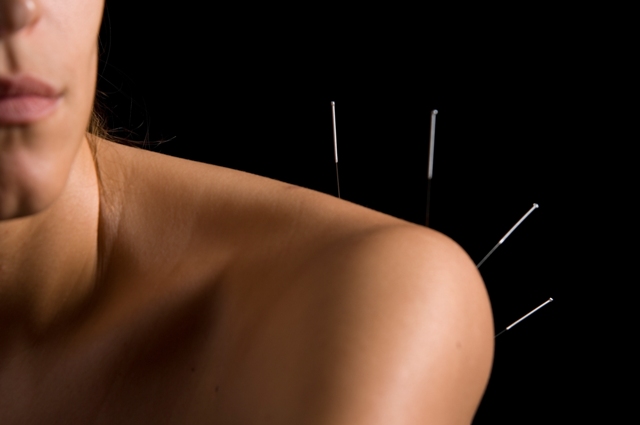Top 3 reasons to use vibration therapy in rehabilitation
Introduction to vibration therapy’s physiological impacts
Vibration treatment works primarily through mechanical stimulation of muscle and neurological components. Whole body vibration (WBV) and focal vibration (FV) therapy are both types of vibration therapy that differ in how they deliver vibrations to the body and have differing effects.1 When administered, these vibrations cause rapid and repetitive muscular contractions. These contractions may increase muscle strength and power while improving proprioception and balance.
Whole-body vibration (WBV)
Whole-body vibration (WBV) therapy stimulates the musculoskeletal system using mechanical vibrations. The goal is to improve physical performance while mitigating the adverse effects of aging on bones, muscles, and tendons by administering low-intensity stimulation at high frequencies, resulting in linear horizontal displacement. Research has demonstrated WBV’s potential benefits in a variety of applications, including muscle training (increased strength and power), muscular soreness reduction, improved function in the elderly (balance and stability), and bone density increase (counteracting osteoporosis).3,9
Focal vibration treatment (FVT)
Focal vibration treatment (FVT), known as local muscle vibration (LMV), targets a specific muscle or muscle group rather than the entire body. Publications demonstrate FVT, particularly at high frequencies (above 100 Hz). The method most likely includes triggering muscle contractions and affecting neuromuscular function. Specifically, studies suggest it may be beneficial for enhancing hamstring strength, particularly in individuals recovering from anterior cruciate ligament (ACL) reconstruction.3,7 However, its utility in improving postural control or other musculoskeletal outcomes when compared to whole-body vibration also remains an area for future research.
Top 3 reasons to use vibration therapy
We will examine each of the three reasons and examine existing journal readings on patient outcomes and guidelines.
- Muscle Activation and Strength
- Neuromuscular Re-Education
- Bone Density and Joint Health
Muscle activation and strength
Vibration therapy increases muscle spindle sensitivity, which promotes motor unit recruitment. This process, known as the tonic vibration reflex, can boost muscle strength and endurance.2 Vibration therapy can be a helpful addition to regular strengthening exercises for people recuperating from surgery or suffering muscle atrophy.3 Vibration therapy (VT) consists of low-magnitude, high-intensity (LIV) stimuli, representing an excellent way to safely deliver relevant mechanical signals to patients who cannot exercise to build musculoskeletal strength.4-9
Neuromuscular re-education
The rapid oscillations of vibration treatment activate neuromuscular pathways, thereby increasing motor learning and coordination. This is especially useful for individuals recovering from neuromuscular injuries such as sports-related injuries, where restoring function and retraining movement patterns are critical for recovery.10
Bone density and joint health
Vibration-induced mechanical stress has been demonstrated to stimulate osteoblastic activity, increasing bone density.11 Furthermore, vibration therapy’s low-impact nature makes it a safe option for individuals with joint issues, as it provides the benefits of weight-bearing workouts without the associated joint stress.8,11
Patient reported outcomes using vibration therapy
While the physiological effects of vibration treatment are widely known, patient-reported outcome results are also impacted. Clinicians must consider how patients perceive their functional improvements, pain levels, and general quality of life.
Pain reduction
Many patients experience excellent pain relief after vibration treatment. This is most likely due to improved circulation, which aids in the elimination of inflammatory mediators, and neuromuscular stimulation, which modulates pain pathways.12-13
Improved functional mobility
Patients frequently report improvements in their capacity to undertake everyday tasks. Increased strength, improved proprioception, and better joint stability contribute to greater ease of movement, which is especially advantageous for older persons and those recovering from sports-related injuries.3-4,14-15
Improved mood and quality of life
The benefits of vibration treatment go beyond physical health. Following sessions, patients typically report improving their mood and sense of well-being. This could be due to endorphin release during treatment and the psychological lift of functional improvement. Quality of life measures are consistently impacted favorably by vibration therapy, whether focal or whole body.13,16
Guidelines for clinical applications in vibration therapy
Despite its advantages, vibration treatment is not a one-size-fits-all approach. Proper adherence to frequency, duration, and mode of therapy delivery (whole body or focal) is critical to maximizing benefits while minimizing dangers.4,8, 17
Appropriate indications and contraindications
Vibration treatment benefits patients with musculoskeletal disorders, neurological impairments, or those who require faster recovery after exercise.4,8 However, it should be used cautiously in patients suffering from acute injuries or cardiovascular issues, as vibration may worsen symptoms.17 Many articles and texts list a series of absolute contraindications for use, such as pregnancy, Acute thrombosis (DVT), recent fractures, wound sites, and epileptic seizure populations.17 Patients with implanted medical equipment, such as pacemakers, should only vibration therapy if a physician has cleared them. The only adverse event consistently reported in the literature is itching and erythema following whole body vibration.17
Frequency and duration
The frequency and duration of vibration treatment sessions should be determined by the patient’s specific needs. Sessions typically last 5 to 30 minutes, with frequencies ranging from 20 to 50 Hz being the most prevalent.4-9,17 Higher frequencies may be more effective for strength increases, while lower frequencies are frequently used for neuromuscular re-education.4,8
Integration with other modalities
Clinicians should take a multimodal approach to meeting each patient’s unique demands and vibration therapy should always be used with other therapeutic methods. Integrating vibration therapy with standard strengthening exercises, proprioceptive training, corrective exercises, dry needling or manual therapy methods, such as soft tissue mobilization, may improve overall results or therapeutic outcomes.
Both whole-body and focused vibration therapy show potential as a helpful addition to existing rehabilitation treatments and manual therapy approaches. For example, FVT could be administered to a specific muscle region before or after manual therapy to promote tissue extensibility and reduce muscular guarding, maximizing the effects of manual techniques. Similarly, WBV could be used in exercise regimens to boost strength increases and improve neuromuscular control, complementing other therapeutic methods. However, further study is needed to discover the best sequencing and integration strategies for combining vibration treatment with other modalities in order to optimize synergistic effects while avoiding unfavorable interactions.
Conclusion
Vibration therapy is a diverse and successful method used by an experienced clinician. Physical therapists, chiropractors, and athletic trainers can improve patient care by knowing vibration therapy’s physiological effects and considering patient-reported outcomes. Vibration therapy can speed up recovery, increase function, and enhance the entire rehabilitation experience when used correctly and in conjunction with other modalities. If you’re interested in learning more about vibration therapy, visit Structure & Function Education’s® online platform and sign up for our Vibration Therapy in Sports Medicine course and learn more about Vibration Therapy.
References
- Cerciello, Simone, Silvio Rossi, Enrico Visonà, Katia Corona, and Francesco Oliva. “Clinical Applications of Vibration Therapy in Orthopaedic Practice.” Muscles, Ligaments and Tendons Journal 6, no. 1 (May 19, 2016): 147–56.
- Amiez, N., Martin, A., Gaveau, J., Julliand, S., Papaxanthis, C., & Paizis, C. (2024). Local vibration induces changes in spinal and corticospinal excitability in vibrated and antagonist muscles. Journal of Neurophysiology, 131(2), 379-393
- Qiu J, Ong MT, Leong HT, He X, Fu SC, Yung PS. Effects of Whole-Body Vibration Therapy on Quadriceps Function in Patients With Anterior Cruciate Ligament Reconstruction: A Systematic Review. Sports Health. 2022 Mar-Apr;14(2):216-226. doi: 10.1177/19417381
- Costantino, C, R Gimigliano, S Olvirri, and F Gimigliano. “Whole Body Vibration in Sport: A Critical Review.” THE JOURNAL OF SPORTS MEDICINE AND PHYSICAL FITNESS 54, no. 6 (2014).
- Pietrangelo T, Mancinelli R, Toniolo L, et al. Effects of local vibrations on skeletal muscle trophism in elderly people: mechanical, cellular, and molecular events. International journal of molecular medicine. 2009;24(4):503-512.
- Cardinale M, Lim J. Electromyography activity of vastus lateralis muscle during whole-body vibrations of different frequencies. Journal of strength and conditioning research/National Strength & Conditioning Association. 2003;17(3):621-624
- Wu, S., Ning, H. T., Xiao, S. M., Hu, M. Y., Wu, X. Y., Deng, H. W., & Feng, H. (2020). Effects of vibration therapy on muscle mass, muscle strength and physical function in older adults with sarcopenia: a systematic review and meta-analysis. European Rev
- Rauch, F. (2009). Vibration therapy. Developmental Medicine & Child Neurology, 51, 166-168.
- Verschueren SM, Roelants M, Delecluse C, et al. Effect of 6-month whole body vibration training on hip density, muscle strength, and postural control in postmenopausal women: a randomized controlled pilot study. J Bone Miner Res 2004; 19: 352–59.
- Caprioli, L. et al. (2024). Effect of Whole-Body Vibration on Sports Performance: A Literature Review. In: Montanari, R., Richetta, M., Febbi, M., Staderini, E.M. (eds) Engineering Methodologies for Medicine and Sports. EMMS 2024. Mechanisms and Machine S. https://doi.org/10.1007/978-3-031-63755-1_47




